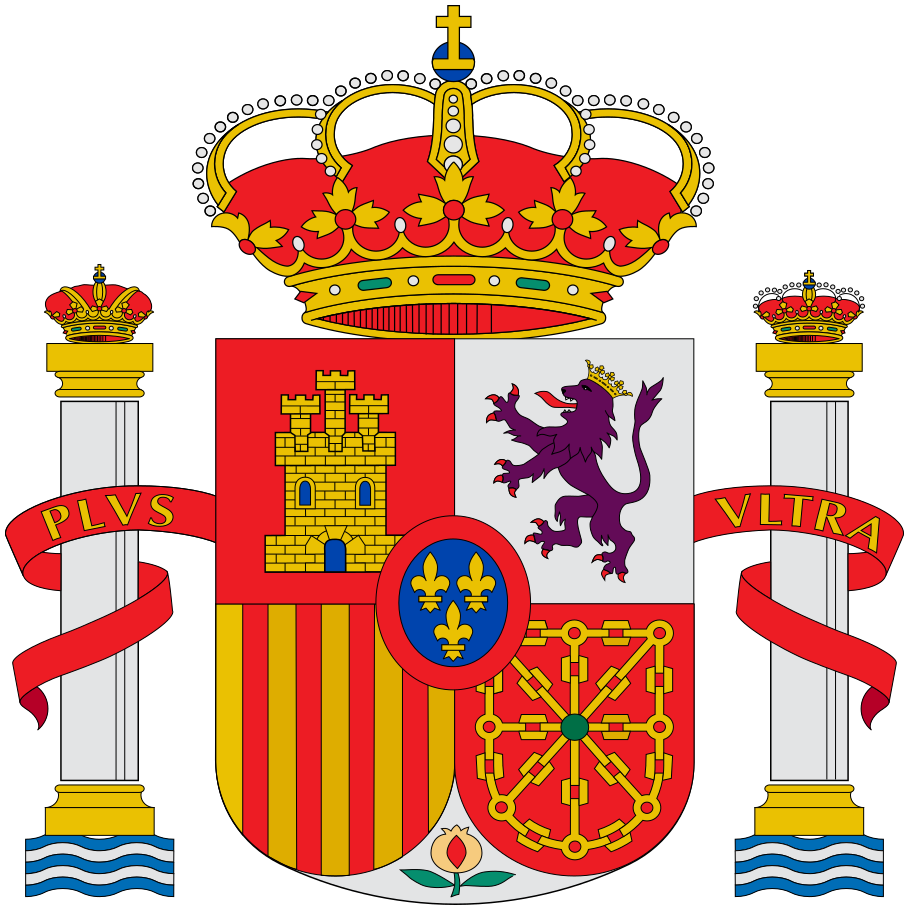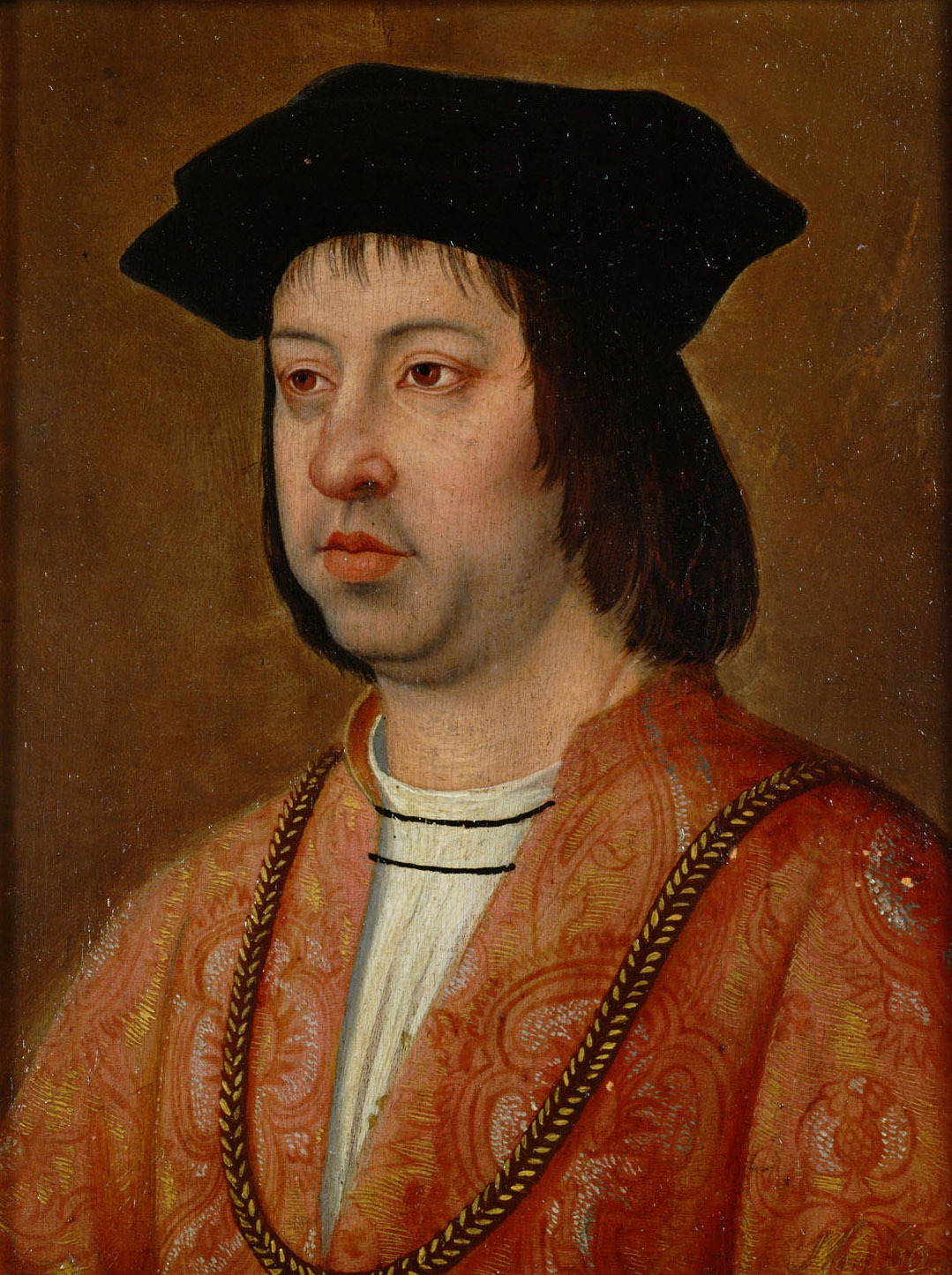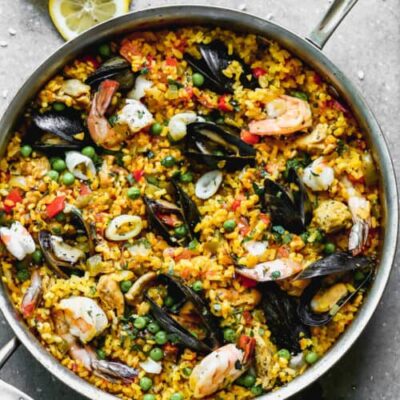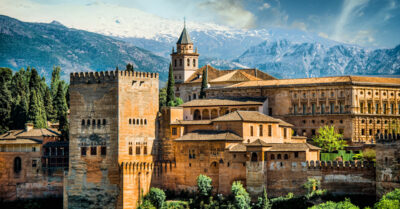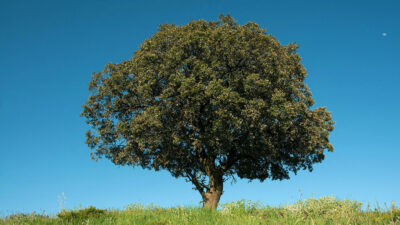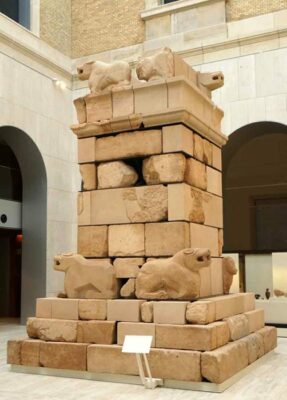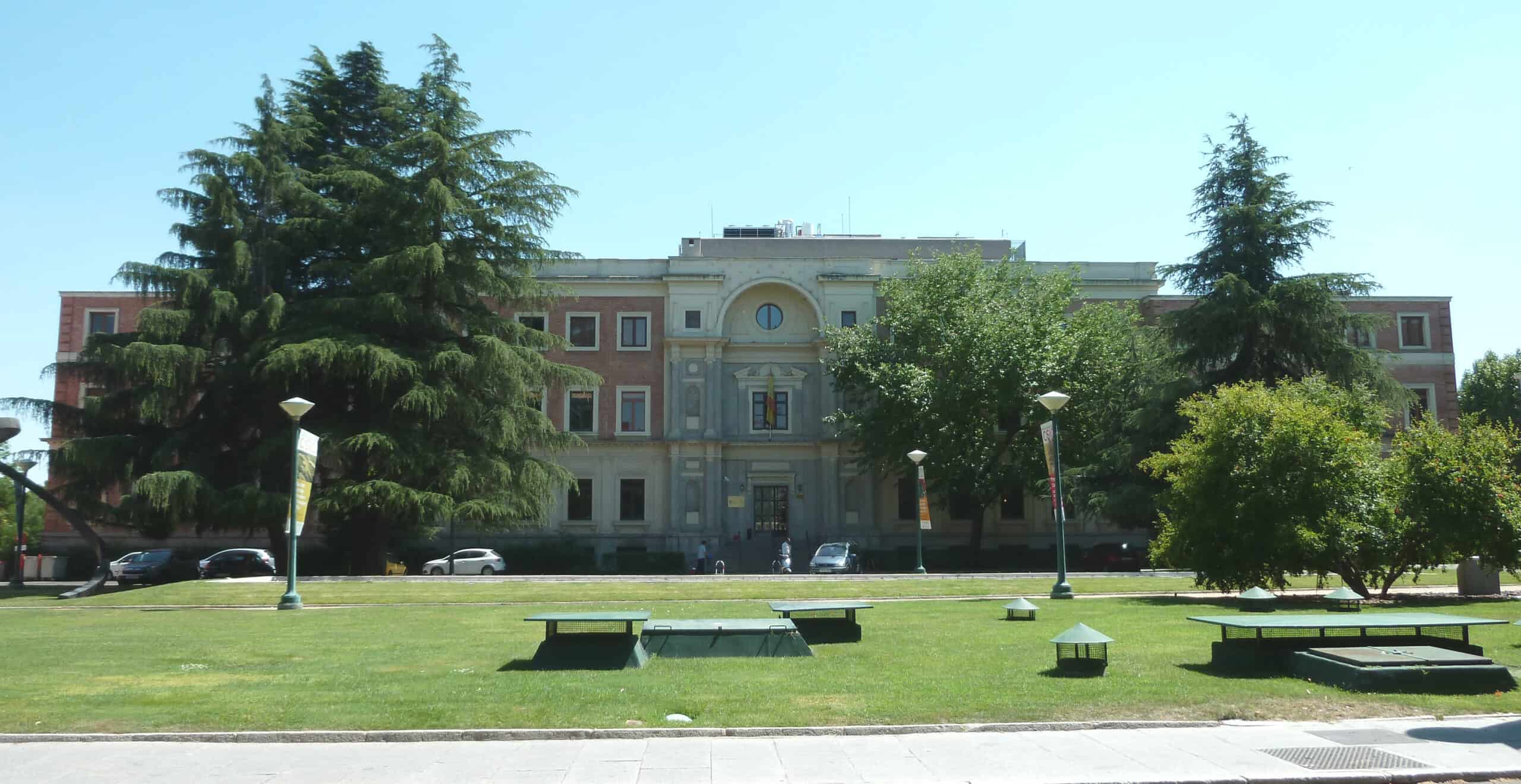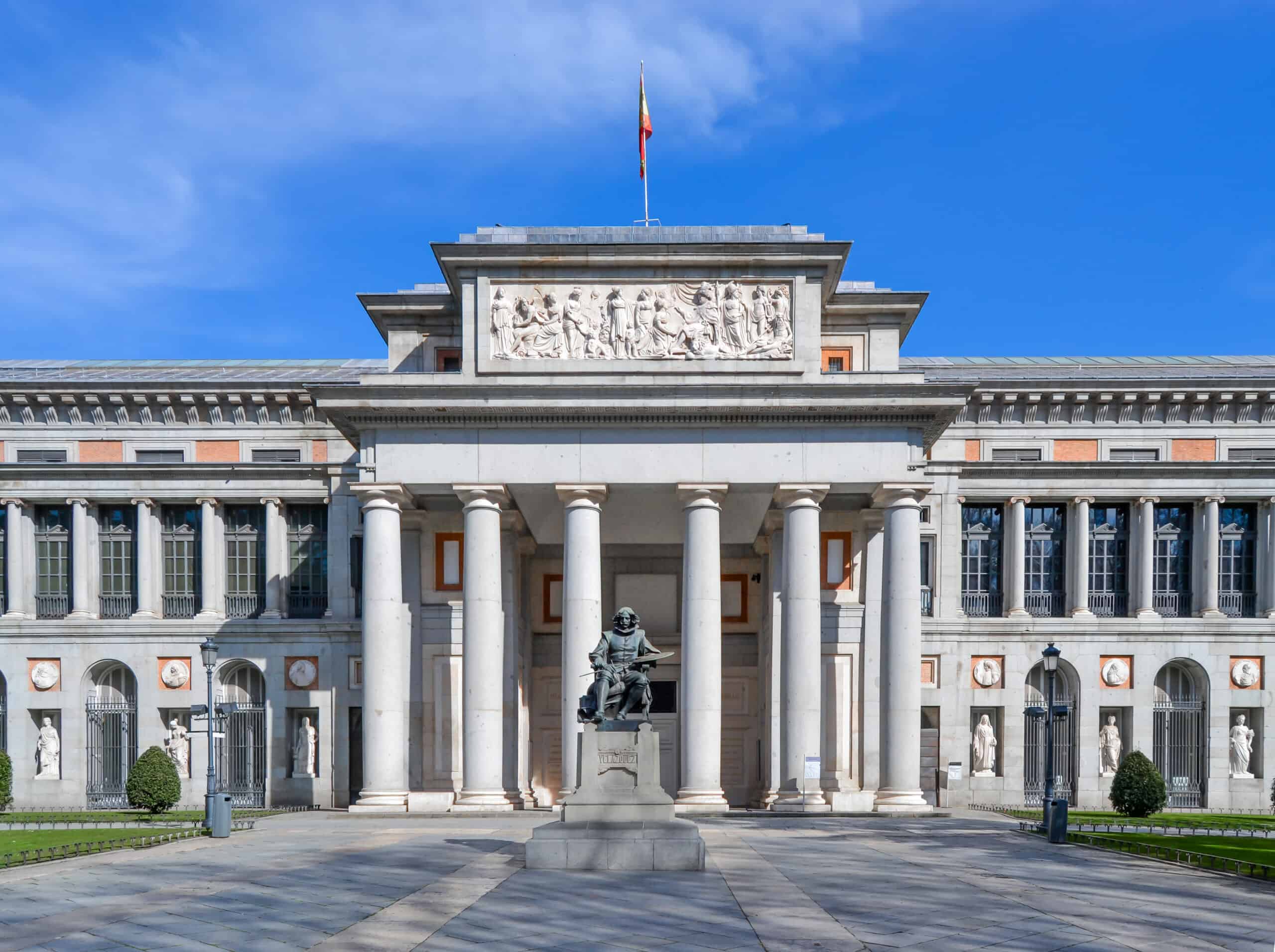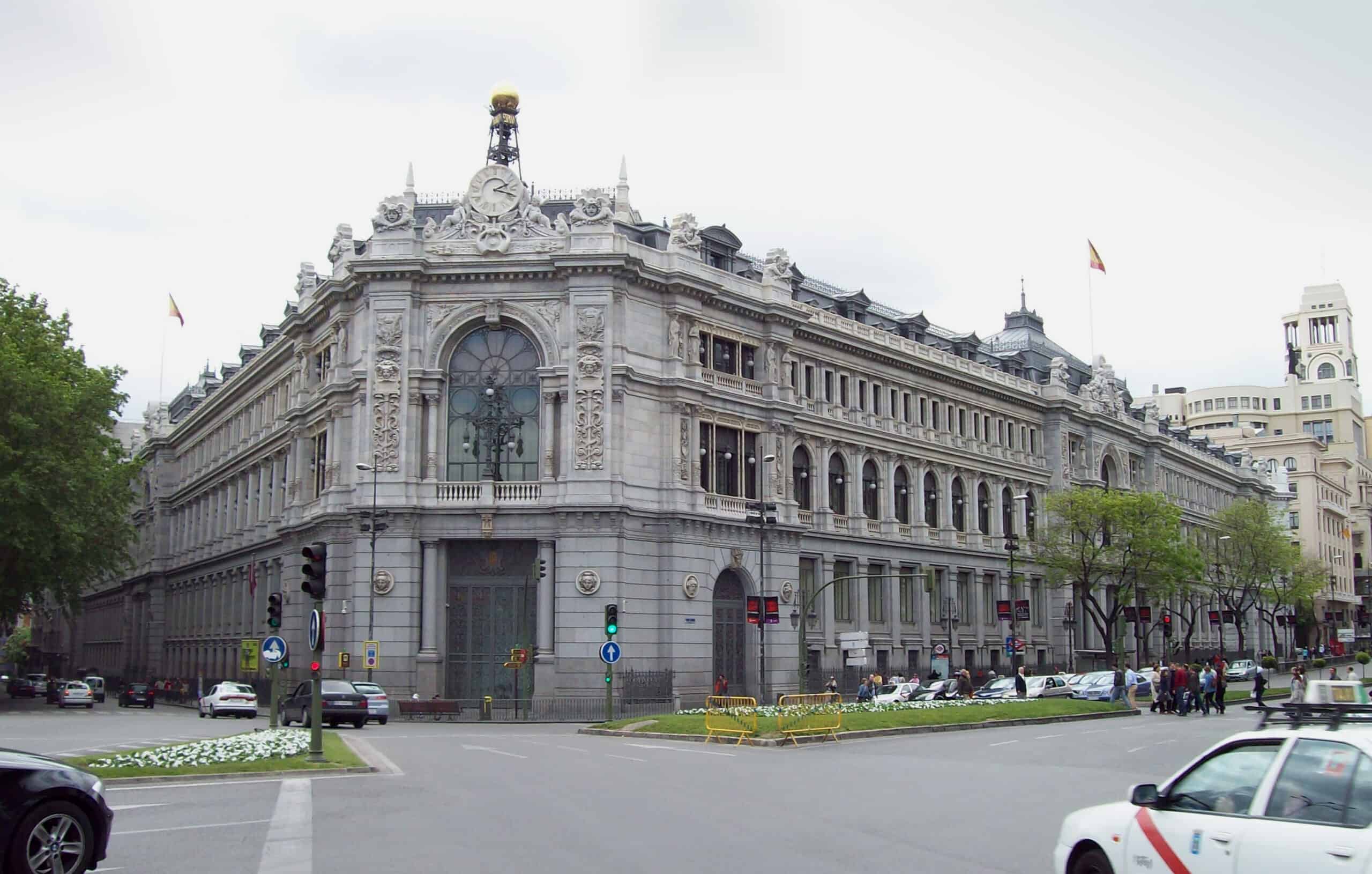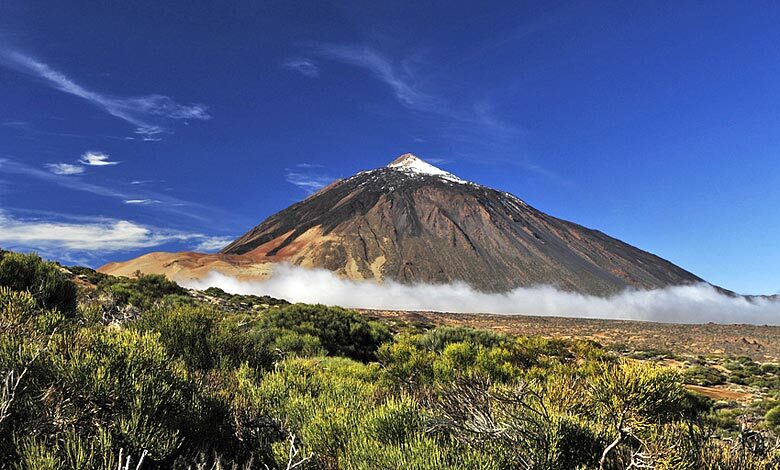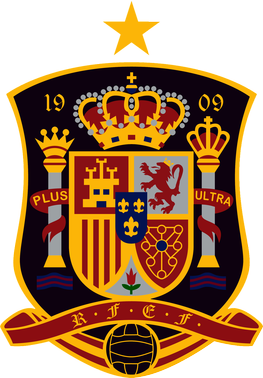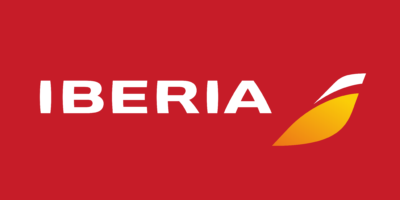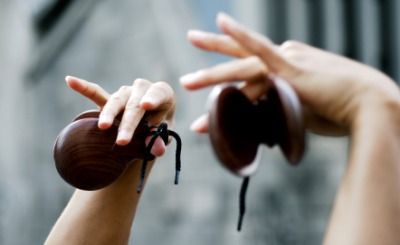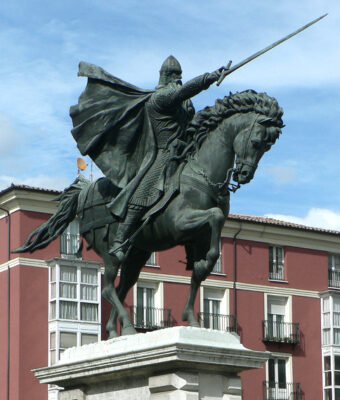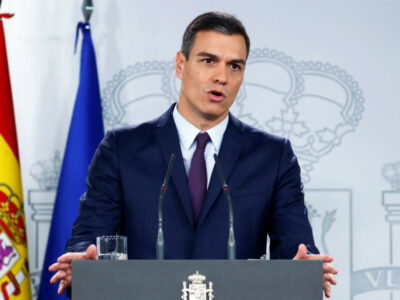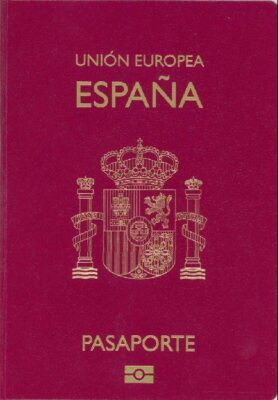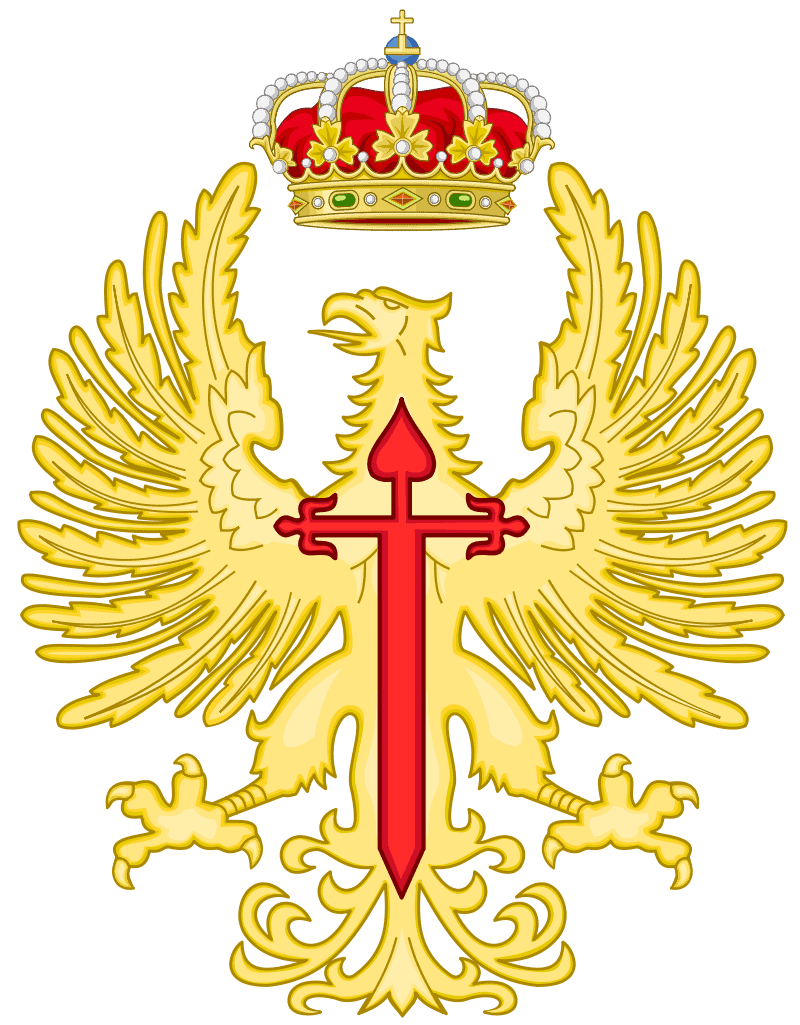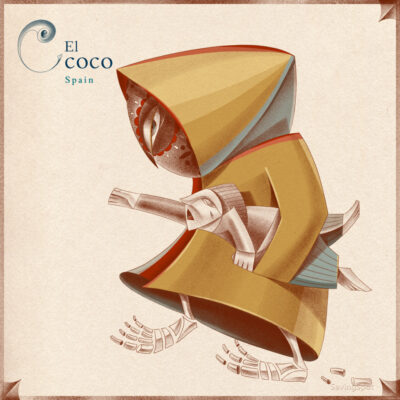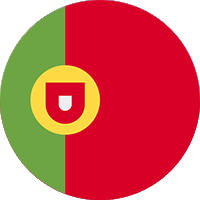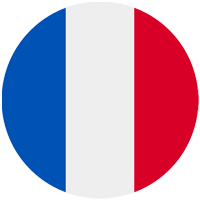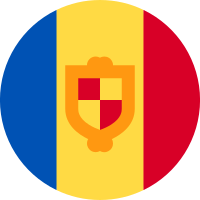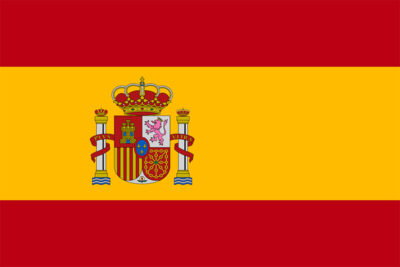National Symbols of Spain
Last updated on April 17th, 2024 by Editorial Staff
Table Of Contents
By Abdou | Updated on April 17, 2024
Reviewed by Rittika
Stretching south from the Pyrenees Mountains to the Strait of Gibraltar, Spain occupies most of the Iberian Peninsula. Also ruling two cities in North Africa and the Canary Islands in the Atlantic Ocean, Spain consists of stone castles, snow-capped mountains, vast monuments, and sophisticated cities. The country has a vast diversity in ethnicity with Catalans, Andalusians, Valencians, Balearics, Canarians, Basques & Galicians. Most of the ethnic groups in Spain have autonomous rights. The capital and largest city are Madrid, while the Catalan capital Barcelona is the most visited city. Castilian Spanish is the official national language, as other Spanish dialects are official in autonomous states. The national motto is “Plus Ultra – Further Beyond” The majority of the population is Roman Catholic. As a member of the European Union, Spain uses the “Euro” as their national money. The country code is “+34”, as the national domain is “.es.”
The founder of Spain is Ferdinand II of Aragon, the first king of de facto Spain after the Iberian Wedding that united the kingdoms of Castille and Aragon. The national hero is Rodrigo Díaz de Vivar or commonly known as El Cid, who was a Castilian knight and warlord who conquered the Iberian Peninsula back from the Muslims. The national day of Spain is 12 October, the date Christopher Columbus first set foot in the Americas in 1492. Spain’s flag consists of two red stripes and yellow stripes in between. The Spanish emblem, which is also on the flag, depicts Hercules’ crown-topped pillars with red banners displaying the national motto. Red and gold are the national colors of Spain.
Spain has many national symbols: The national monument is the “Alhambra Palace” in Granada that has been built by Andalusia. The national mausoleum is “Mausoleum de Pozo Moro,” which is the oldest known Iberian grave monument.
One of Spain’s national symbols is “the bull,” a symbol of virtues. Spain has a national bird, the “Iberian Imperial Eagle,” an endemic species of the Iberian Peninsula under threat of extinction. The national dish is “Paella,” a rice dish from the Valencia region, while the national drink is “Sherry,” a regional fortified wine. “The Carnation” is the national flower and a national symbol, symbolizing the passion of Christ. The national tree is the “Evergreen Oak.”
Another national symbol of Spain is the national dance and music “Flamenco,” which is commonly associated with Andalusian gypsies. “Traje de Flamenca” is the dress that flamenco dancers wear consisting of a notched garment extended to the ankle. Spain’s national musical instrument is the “castanets,” a percussion for hand commonly used in flamenco rhythms. Miguel De Cervantes, Lope De Vega, and Federico García Lorca are leading national poets who had huge roles in the Spanish history of literature. Spain also has the national flagship airline “Iberia.” Like most Latin countries, the national sport and the most-watched sport in the country is football.
– Further information regarding the symbols and knowledge of Spain can be found in the table of contents –
Country information
Coat of arms
Flag map of Spain
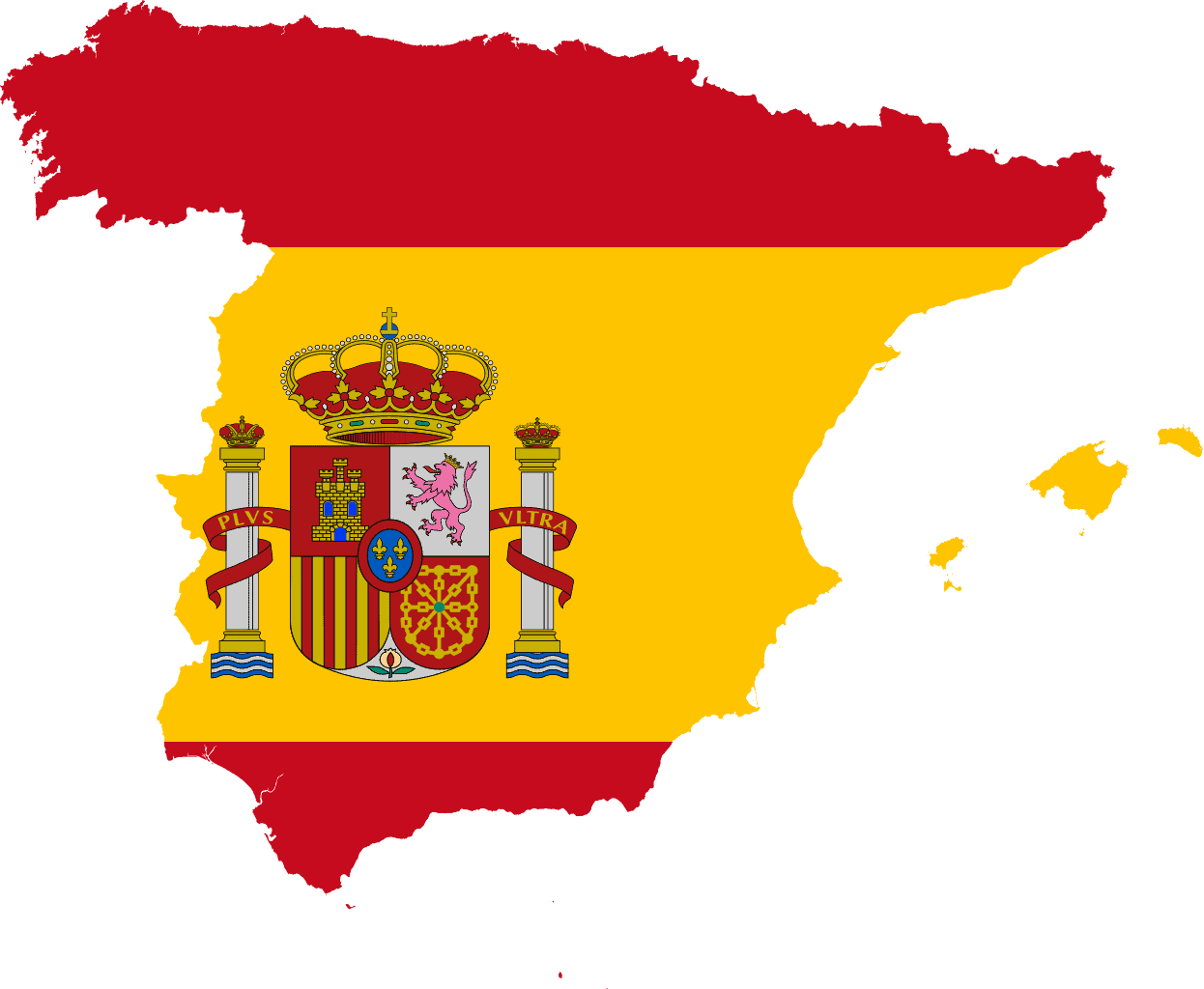
Motto of Spain
National animal of Spain
The National animal of Spain is Bull
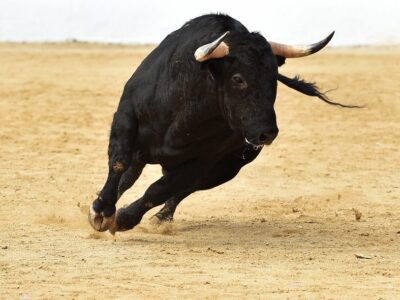
National flower of Spain
The National flower of Spain is Carnation. Botanical name is Dianthus caryophyllus.
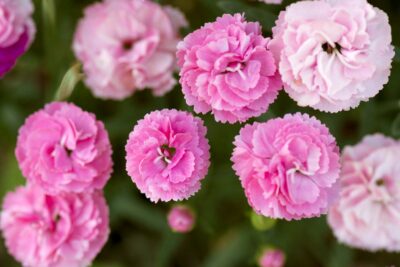
National bird of Spain
The National bird of Spain is Iberian imperial eagle
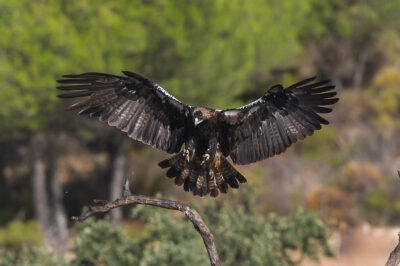
Rest of the National symbols of Spain 👇
-
FounderFerdinand II of Aragon
-
National dishPaella
-
National danceFlamenco
-
National dressTraje de flamenca
-
National monumentAlhambra Palace
-
National anthemView Anthem
-
National fruitNot Declared
-
National drinkSherry
-
National colorsRed and gold
-
National sportsFootball
-
National treeHolm Oak
-
National poetMiguel de Cervantes, Lope de Vega, Federico García Lorca
-
National mausoleumMausoleum of Pozo Moro
-
National archivesNational Archives of Spain
-
National museumMuseo del Prado
-
Central BankBank of Spain
-
Highest peakPico de Teide
-
National football teamESP
-
Tourism slogan#spainindetail
-
Emoji flag????????
-
National airlineIberia
-
National instrumentCastanets
-
National heroEl Cid
-
PresidentPedro Sánchez
-
Olympics CommitteeComité Olímpico Español
-
PassportPassport of Spain
-
ArmySpanish Army
-
NavySpanish Navy
-
Air ForceSpanish Air Force
-
Mythical CreatureEl-Coco
Neighbouring countries of Spain
Spanish Proverbs - Popular quotes, proverbs and sayings.
Work begun is half done. Who loves the dog loves his master. Time is money. There is no glory without envy. The remedy is worse than the disease. The mouse that knows only one hole is trapped. The good words cost little. The big fish devour the small ones. Sometimes even a blind pig finds a grain. Patience is the mother of science. Nobody can serve two masters. No fly enters a closed mouth
